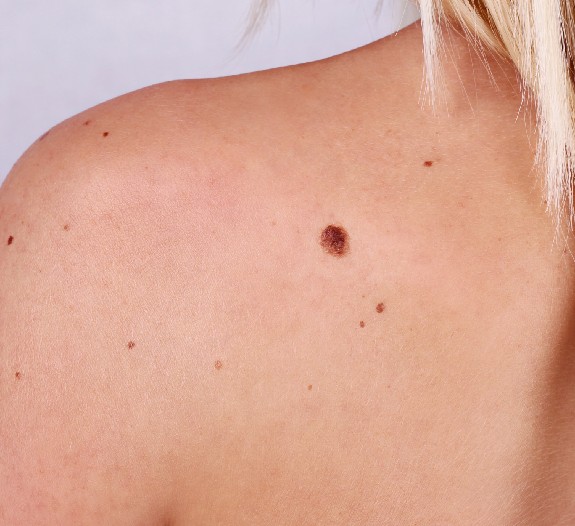
Diagnosis of Skin Cancers
Diagnosis of skin cancers are difficult for the layman. However, if any skin growth is there which is causing itch, pain or bleeding, or if any ulcer is not healing, one should consult to a dermatologist for a skin checkup. Moles should be regularly monitored for the "ABCD" changes of melanoma:
- A for asymmetry
- B for border irregularity
- C for color changes
- D for diameter increase.
Individuals with a past history or family history of skin cancer and those who have sun damaged skin should get a regular skin check from a dermatologist at least once a year. If any person has a past history or family history of abnormal (dysplastic) moles or melanoma, they should get a skin check once in 6 months.
 Whatsapp
Whatsapp Facebook
Facebook Twitter
Twitter Instagram
Instagram Linkedin
Linkedin Pinterest
Pinterest